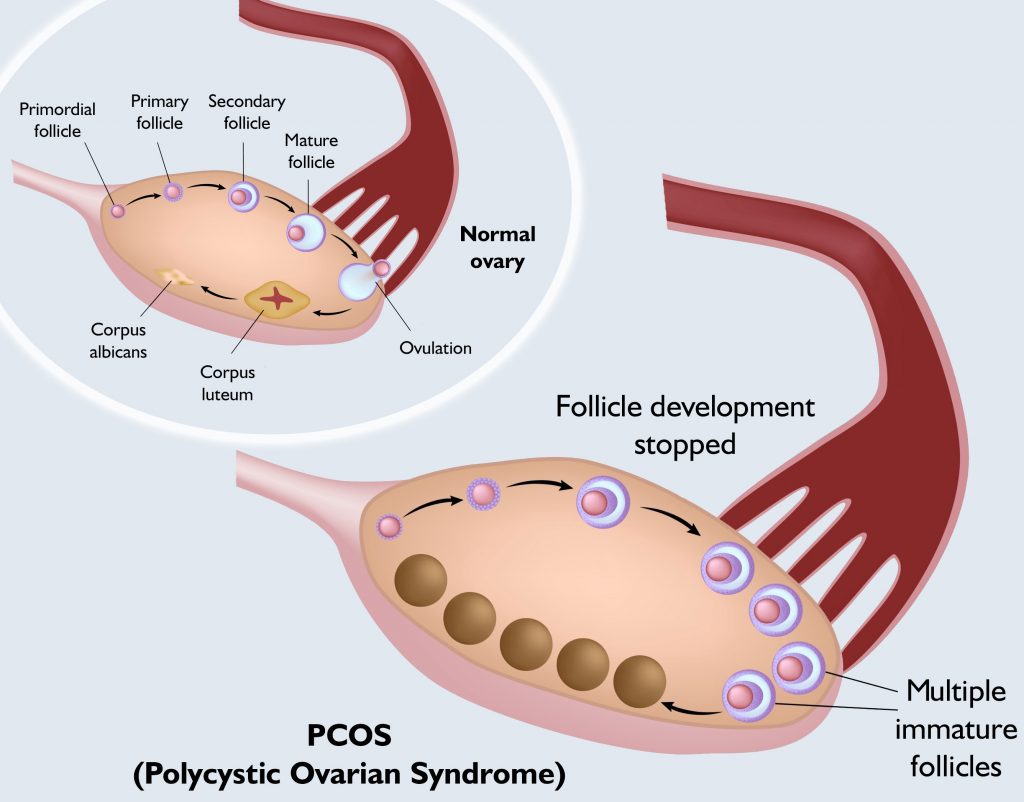In medical terms we talk about infertility when a woman has not conceived after 12 months of contraceptive-free intercourse. As well, if the woman’s pregnancy ends with a spontaneous miscarriage on a regular basis.
Fertilization is a very complex process in which hundreds of chemical, physical and hormonal mechanisms need to be realized at the specified time and in sequence.
It is important to emphasize that in the infertility test, both members of the couple should be tested, as 40% of female factors, 40% of male factors, and 20% of the two members of the couple could be the cause of infertility.
Women are diagnosed with the gynecological physical examination, laboratory tests, imaging diagnostics, and, if necessary, surgical techniques to detect the cause of infertility.
One of the most important medical procedures for men is the qualitative and quantitative testing of semen. In addition, if necessary, other andrology studies (hormone level determination, surgical techniques) will ascertain the underlying problem.
In our current blog article, we only write about the factors that cause female infertility.










